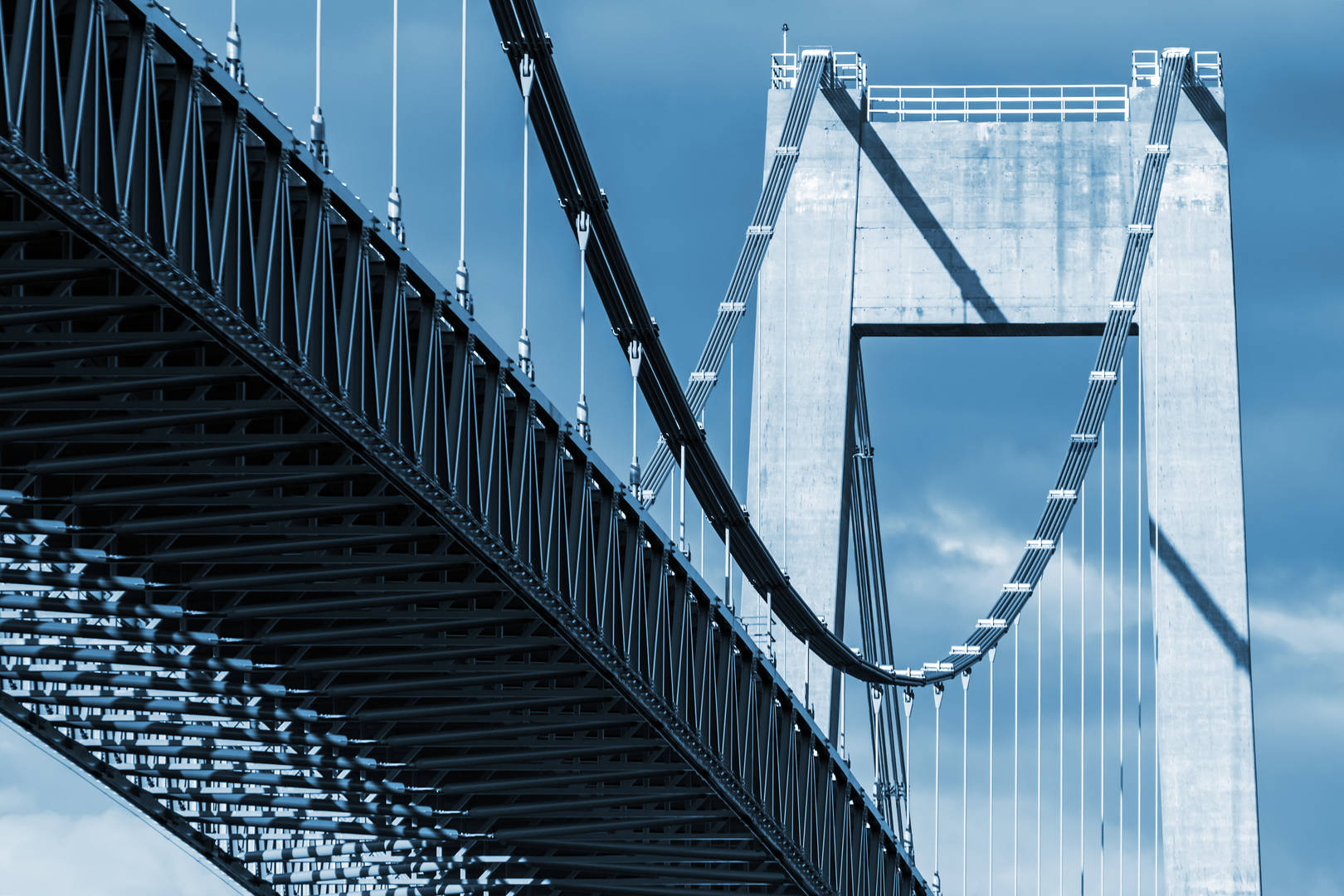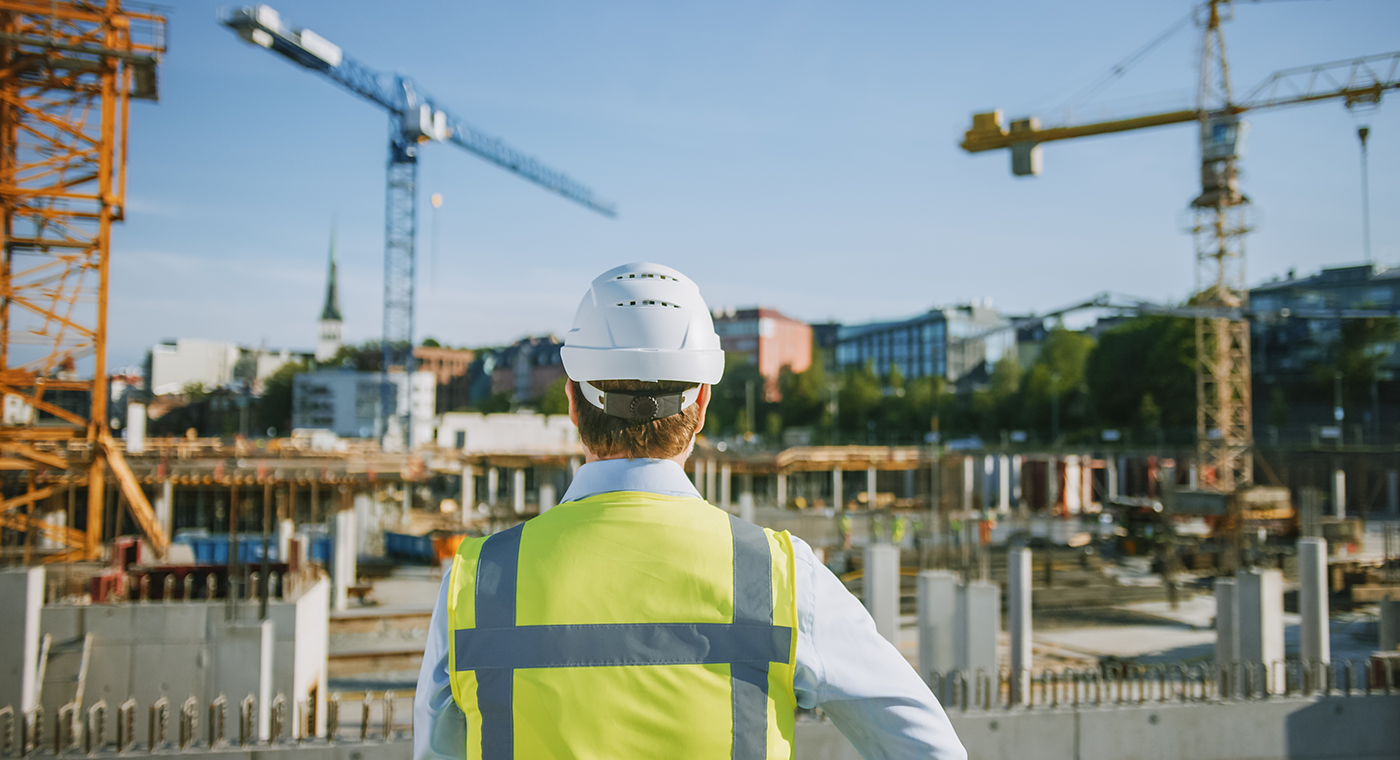From the roads that we travel on to the buildings we live and work in, civil engineering is all around us. The centuries-old profession has shaped the way we interact and connect with the world. Relatively new to civil engineering is Light Detection and Ranging (LiDAR) technology. Recent development and the commercialisation of LiDAR have made it an invaluable asset to a civil engineer’s arsenal of tools. In this blog, we will explore the benefits of LiDAR in civil engineering.
What is Civil Engineering?

Civil engineering is a specialist discipline that serves the design, construction, and maintenance of both the natural and built environment. Outcomes include roads, airports, canals, sewage systems, railway lines, and bridges.
Civil engineers take projects from conception to completion, for example, creating structures that are safe and comply with government regulations. It is a skilled field of work and requires high levels of practical knowledge. LiDAR in civil engineering can help to aid engineers throughout the lifecycle of a project.
What is LiDAR?
Although NASA and other organisations have implemented LiDAR since the mid to late 20th century, it has only been practical for commercial applications since the 1990s. LiDAR research and development, and its applications in the past 20 years created new opportunities, that many sectors are still discovering. Civil engineering is one sector that has benefitted, and still benefits from, this rapid change in LiDAR technology.
LiDAR technology creates digital 3D representations of real-world environments, with high levels of detail and accuracy. The data is useful for visualisation of features, extracting important information such as measurements, or generating 3D models using specialist software. The creation of Computer-Aided Design (CAD) or Building Information Modelling (BIM) are common examples of where the data is valuable.
The variety of LiDAR scanners has expanded over time, and each development brings new opportunities. LiDAR sensors are used in terrestrial laser scanning (TLS) to capture extremely dense and accurate data, mounted to drones for coverage from the sky, or attached to handheld devices for obtaining accurate information from hard-to-reach areas. More recently LiDAR sensors have been included in smartphones, reaching even more people interested in the technology, albeit at a cost to accuracy.
The benefits of LiDAR in Civil Engineering
LiDAR technology has a range of applications for civil engineers during the tenure of a project, and beyond. Some examples include:
Digital Elevation Model (DEM)
A DEM is used as a digital depiction of the topography of surveyed terrains. Scanning an area with a LiDAR sensor quickly yields results, showing terrain variation such as slopes, which can then be considered in the planning process by civil engineers. This is ideal for detecting potential issues when building infrastructure like roads or railways.
Progress Updates
A large project has many stakeholders that need regular progress updates. Scans using LiDAR technology show change over time and create clear reports on the progress of a project. Additionally, 3D point clouds can be compared with planned CAD drawings to show live progress of the real-world structure and the plans.
Record Keeping
Keeping accurate records of a project throughout its lifecycle is important. Access to plans may be needed in the future to settle disputes, for extension work, or for reference if the structure suffers damage. Conducting regular scans using LiDAR technology provides 3D models of a project before, during and after completion.
Ecological and Land Classification (ELC)
ELC surveys provide the biological and physical information of a landscape. LiDAR gives civil engineers a thorough map of the land, which can be combined with an ELC survey for the sustainable management of the area being surveyed.
Tunnel Surveying
LiDAR is an ideal solution for capturing data from tunnels. Accurate and detailed 3D point clouds can be used to analyse, assess, or model a tunnel ahead of construction of railway tracks or roads. Additionally, 3D LiDAR data can depict imperfections in a tunnel, highlighting potential structural issues.
Handheld LiDAR in Civil Engineering
Handheld LiDAR solutions are ideal tools for civil engineers. Rapid and accurate data acquisition makes the process of mapping repeatable, which is ideal for many of the applications listed above. Additionally, the handheld nature of the scanners makes mapping difficult-to-access areas possible, and the versatility of the scanners enables for the use of accessories (e.g. UAV data capture).
At more than 2,000 years old, Roman structures have stood the test of time. With the help of LiDAR mapping and measuring the as-built and natural world with unmatched accuracy and ease, civil engineers are enjoying something of a Golden Age. As a less labor intensive way to gather critical geospatial information, the structures we build today have an increasing chance of lasting as long as the Roman roads we walk on today.
